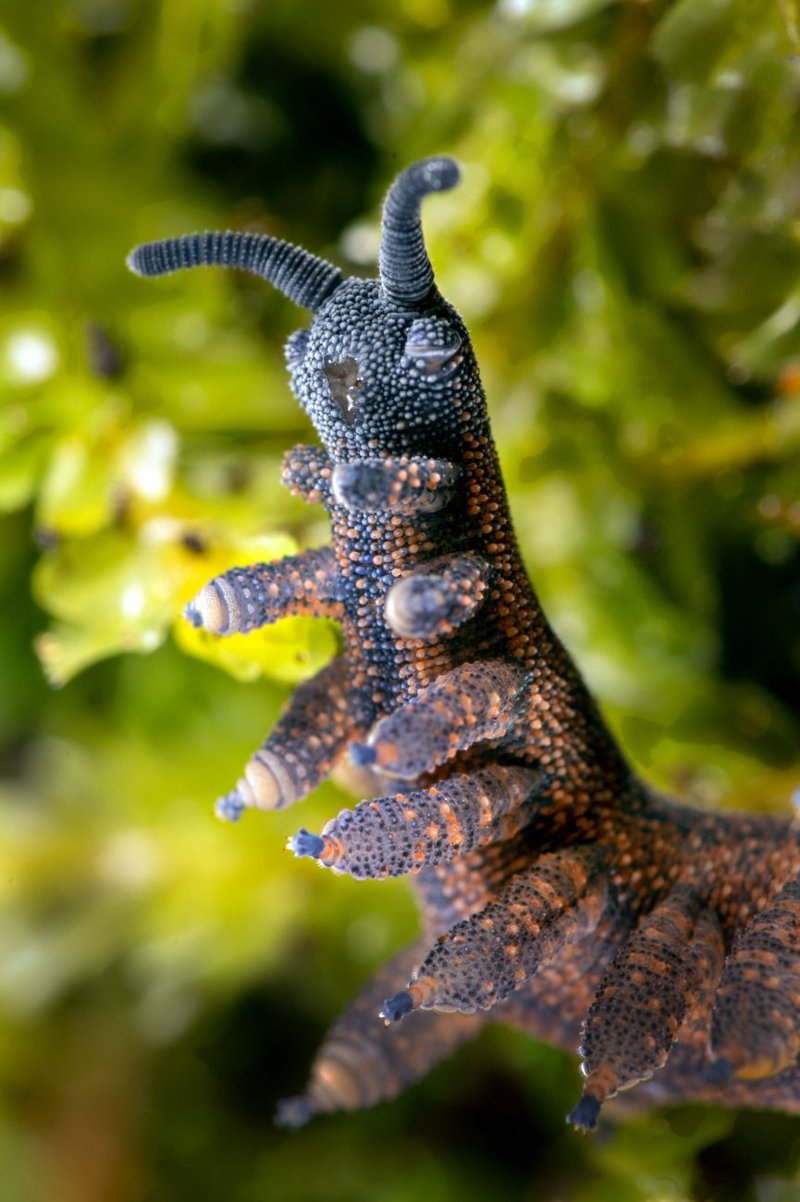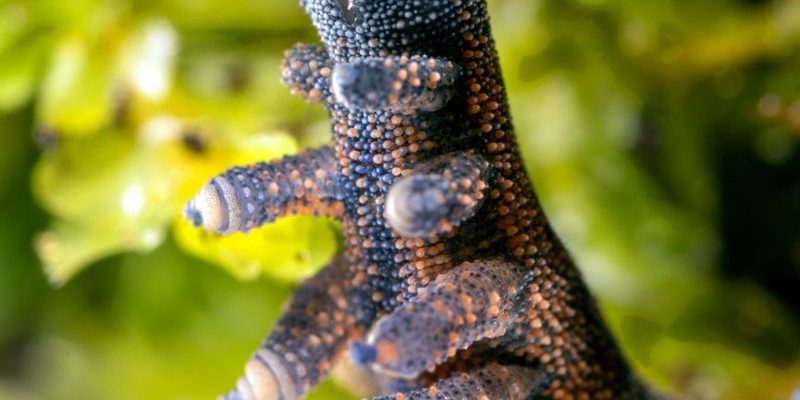
When we think of nature, we often envision sprawling fields or remote wilderness. But urban green spaces—like parks and gardens—can be surprisingly rich in biodiversity. Here in this article, we’ll explore whether velvet worms can thrive in these urban settings. Spoiler alert: they just might!
What Are Velvet Worms?
Let’s kick things off with the basics. Velvet worms, part of the phylum Onychophora, are fascinating arthropod-like creatures. They typically have a soft, velvety texture, which is how they got their name. You might imagine a miniature caterpillar with a lot of character. These critters have segmented bodies, multiple legs, and can grow between 1 and 15 centimeters long.
What’s really cool about velvet worms is their hunting technique. They shoot a sticky slime to capture prey, which mostly includes insects. It’s an interesting approach—think of a superhero with webs, but instead of webs, they use goo. Most often, you’d find them in moist environments like rainforests, but let’s dive deeper into their potential presence in urban areas.
Are Urban Green Spaces Suitable for Velvet Worms?
You might be wondering why velvet worms would opt for urban green spaces over their lush, natural habitats. The answer lies in the unique microhabitats that parks and gardens can provide. Urban green spaces often have shaded areas, moisture-retaining soil, and plenty of leaf litter—exactly what these creatures love.
Velvet worms thrive in environments that have a stable humidity level and temperature. Urban green spaces can offer just that, especially during rainy seasons. These areas might mimic their natural habitat if they have enough organic matter like dead leaves and decaying plants to create a comfy home.
Moreover, urban gardens often have the advantage of being less disturbed compared to remote forests, especially if they’re lovingly cared for by local nature enthusiasts. This means that velvet worms could find a peaceful niche among city dwellers.
Finding Velvet Worms in Your Local Park
If you’re curious about spotting velvet worms, you’ll need to do a bit of detective work. They’re not the easiest critters to find since they’re nocturnal and come out during the nighttime or after rain. Here’s what you can do:
- Look in damp areas: Check under rotting logs, beneath rocks, or in leaf litter.
- Go on rainy days: After a good rain, velvet worms are more likely to be out and about.
- Visit parks with rich vegetation: Dense, green areas are more likely to have velvet worms.
When you’re hunting for them, remember to tread lightly. Velvet worms are delicate, and disturbing their habitat can be harmful. If you happen to spot one, be careful not to pick it up with dry hands. Their skin is sensitive and can easily be damaged.
Benefits of Velvet Worms in Urban Ecosystems
You might be wondering, what’s the big deal about velvet worms? Why do they matter in the grand scheme of things? Well, these unique creatures play a role in the ecosystem, even in urban areas.
First off, they help control insect populations. By preying on insects, they help maintain a balanced ecosystem. Think about it—cities are filled with pests, and velvet worms could serve as a natural form of pest control.
Additionally, they contribute to soil health. As they move through the soil, they aerate it and facilitate decomposition. This process enriches the soil, making it more fertile for plants. Healthier soil leads to healthier plants and, ultimately, a healthier urban environment.
Challenges Velvet Worms Face in Urban Areas
While urban green spaces can be a haven for velvet worms, they also face a number of challenges. Pollution, habitat destruction, and climate change are just a few issues these little guys encounter.
Pollution can severely impact their delicate skin. Chemicals from pesticides and industrial waste can harm their habitats, making it difficult for populations to thrive.
Moreover, the destruction of green spaces for urban development poses a significant threat. As cities expand, parks and gardens can be replaced with buildings or roads, making it difficult for velvet worms to find suitable habitats.
Finally, the effects of climate change are widespread. Alterations in weather patterns can impact humidity levels and temperatures—something that velvet worms are very sensitive to.
How to Support Velvet Worms in Your Community
If you’re keen on helping velvet worms thrive in your local urban green spaces, there are a few simple steps you can take.
- Plant native plants: Native flora provides food and shelter for many species, including velvet worms.
- Reduce chemical usage: Avoid using pesticides or herbicides in your gardens, fostering a natural ecosystem.
- Create compost piles: Compost can increase soil fertility and provide a welcoming habitat for velvet worms.
Getting involved in local conservation efforts is another great way to help. Whether it’s participating in community clean-ups or advocating for green spaces, every action counts.
So, can velvet worms be found in urban green spaces? The answer is yes! With the right conditions, these unique creatures can carve out a niche in our city parks and gardens. By understanding their needs and helping to create environments where they can thrive, we’re not only enriching our urban ecosystems but also fostering a deeper connection to nature.
The next time you stroll through a local park, remember to look more closely at the ground beneath your feet. Who knows, you might just spot a velvet worm inching along, reminding us that nature can thrive even in the busiest of places. Let’s embrace and protect that biodiversity, one tiny creature at a time!

